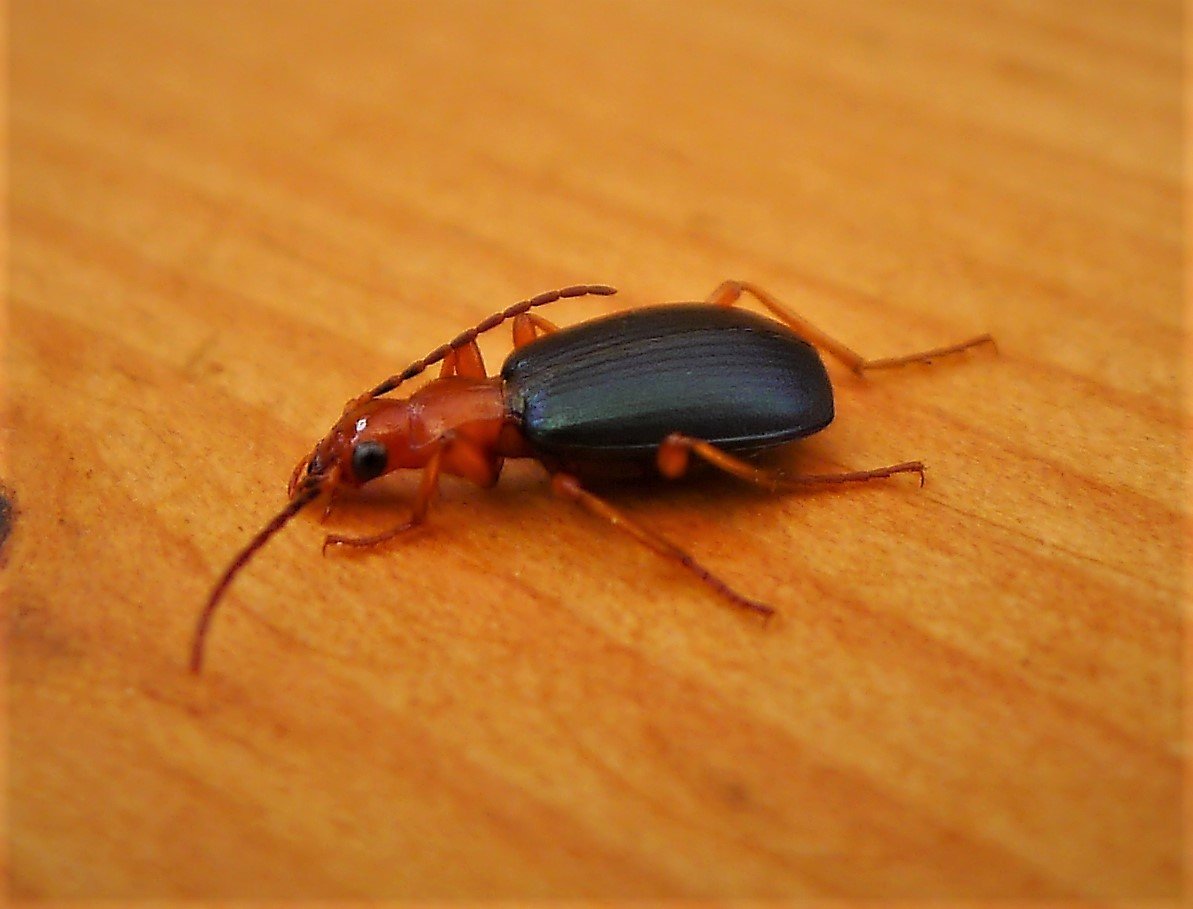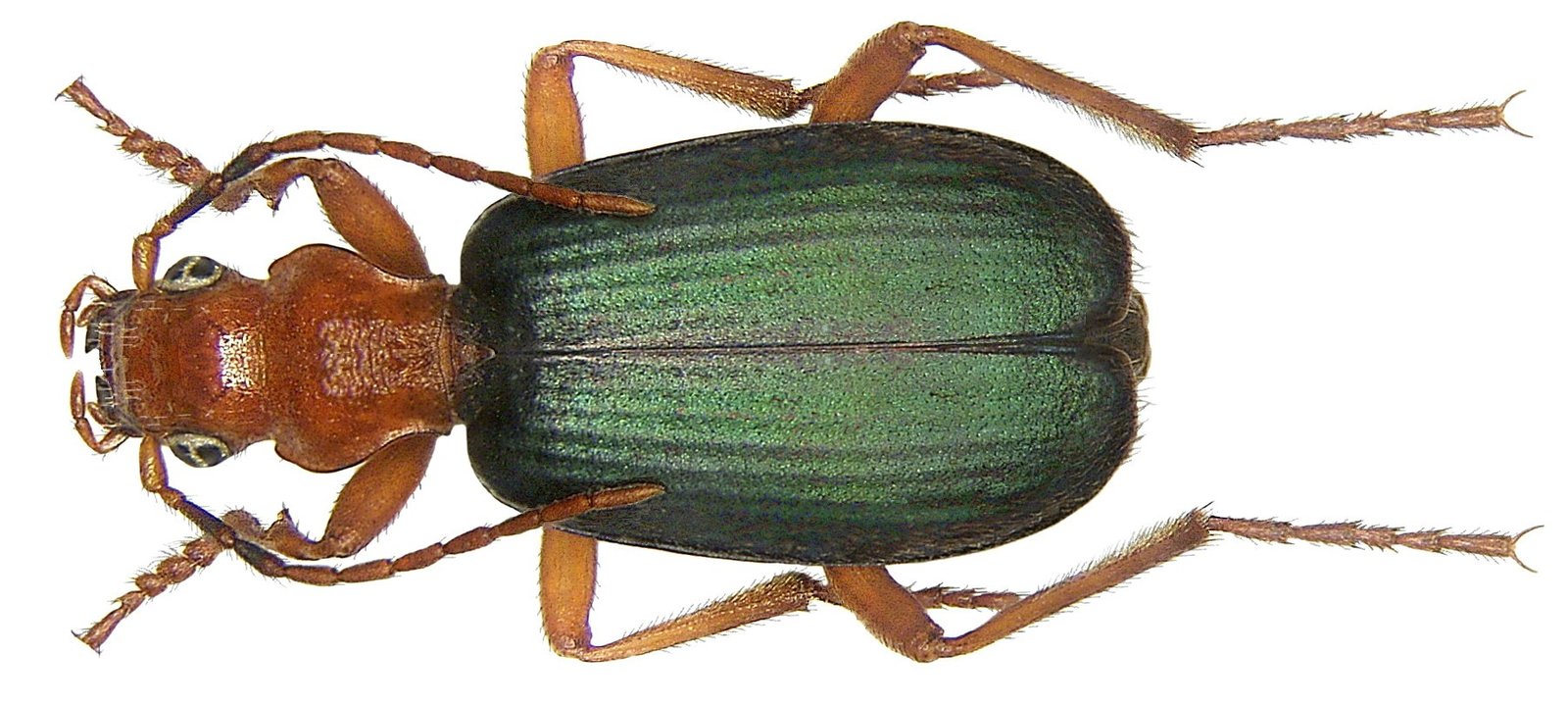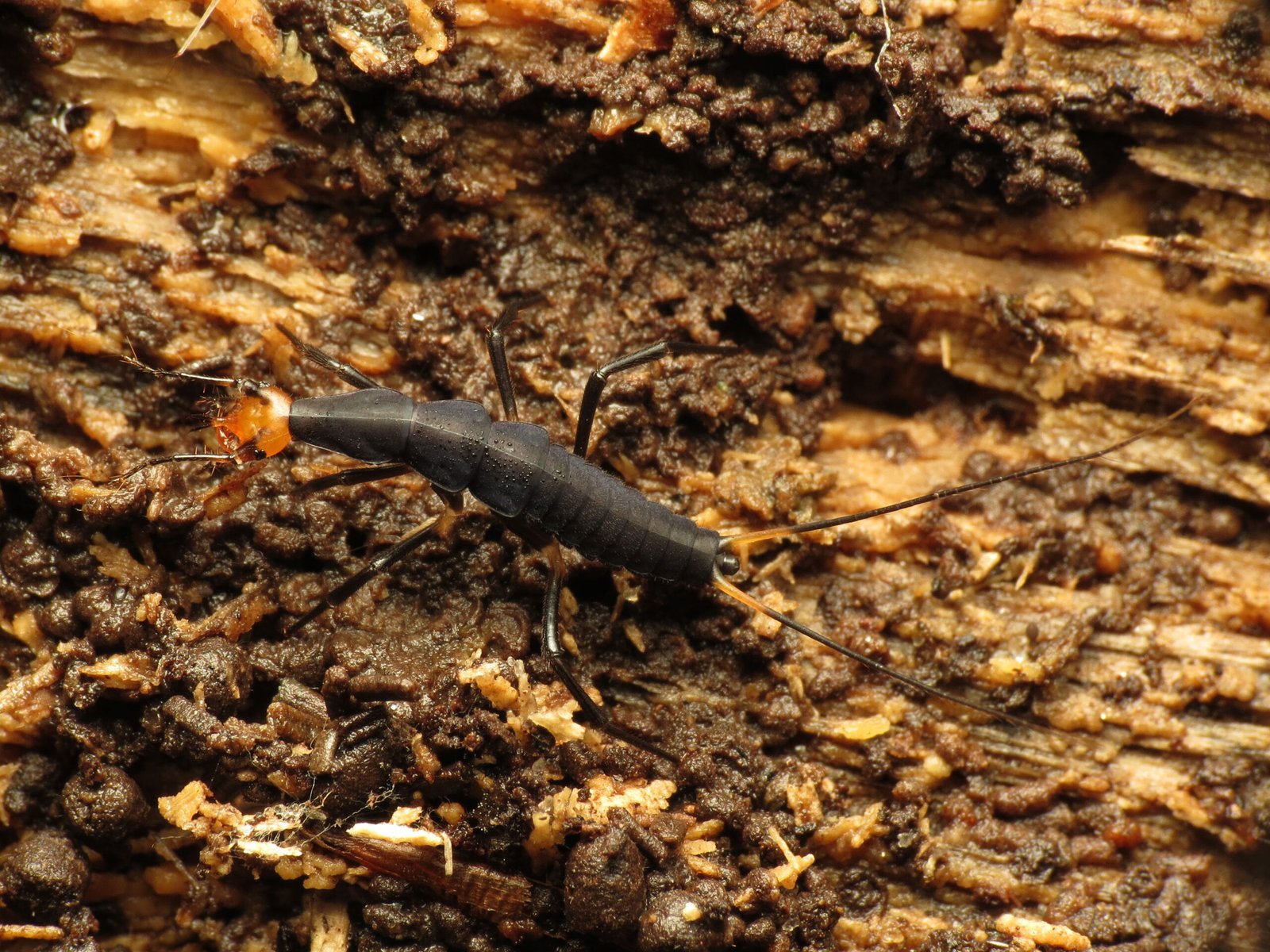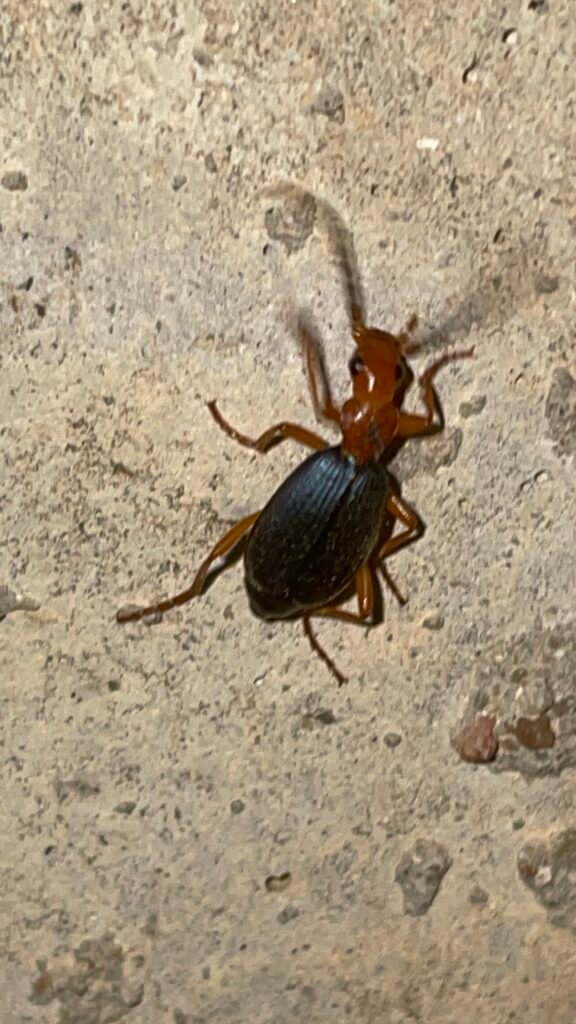Imagine strolling through a peaceful forest, the sun dappling through the leaves, when suddenly, a small beetle is disturbed by a hungry frog. Instead of running, the beetle launches a sizzling, noxious spray right into the predator’s face—so hot and foul-smelling that even the bravest hunter recoils. This is no ordinary escape act. Welcome to the explosive, jaw-dropping world of the bombardier beetle, an insect whose defense is as dramatic as any superhero’s. The sheer audacity and precision of this beetle’s smelly survival strategy have fascinated scientists and nature lovers alike for decades, and what goes on beneath its tiny armored shell is nothing short of astonishing.
The Bombardier Beetle: Small Size, Big Impact

The bombardier beetle may not look intimidating at first glance. Usually less than an inch long, it sports a hard, shiny exoskeleton that hides an incredible secret. Found on nearly every continent except Antarctica, these beetles are proof that size doesn’t always dictate power in the natural world. Their muted colors may help them blend in, but what really sets them apart is their reputation as chemical warriors. Even the largest predators hesitate before tangling with a beetle that can spray boiling liquid at will. For scientists and nature lovers, this makes the bombardier beetle an unlikely icon—a silent, smelly hero in the underbrush.
The Chemistry Behind the Blast

Inside the bombardier beetle’s abdomen lies a tiny but complex chemical laboratory. When threatened, the beetle mixes two harmless chemicals—hydroquinone and hydrogen peroxide—stored in separate reservoirs. With lightning speed, these chemicals are forced into a reaction chamber, where special enzymes trigger a powerful exothermic reaction. The result? A rapid build-up of heat and pressure, turning the mixture into a superheated, caustic spray. The temperature of the blast can reach nearly 100 degrees Celsius, hot enough to burn and startle attackers. This is not just a chemical trick—it is a masterclass in precision engineering evolved over millions of years.
The Sensational Spray: More Than Just a Smell

It’s easy to laugh at the idea of a beetle with a stinky spray, but the bombardier beetle’s defense is no joke. The expelled liquid isn’t just hot; it’s pungent, irritating, and sometimes even corrosive. Predators—frogs, birds, spiders, and even humans—are hit with an eye-watering, burning sensation that makes them think twice about making a meal out of this tiny insect. The sound of the blast, sometimes described as a pop or hiss, adds to the shock value, creating sensory overload for would-be attackers. For the beetle, this combination of heat, smell, and surprise is often enough to save its life.
Aim and Accuracy: The Beetle’s Secret Weapon

What’s truly astounding is the beetle’s ability to aim its chemical spray with almost surgical precision. Flexible, movable abdominal segments allow the bombardier beetle to swivel its rear end in nearly any direction. Whether its attacker is above, behind, or beside it, the beetle can target the threat with impressive accuracy. Researchers have observed beetles spraying directly into the eyes or mouths of predators, ensuring maximum impact. This level of control is exceedingly rare in the insect world and has inspired engineers looking to design better spray and propulsion systems.
Evolution of Explosion: How Did This Defense Evolve?

The bombardier beetle’s chemical defense is so complex that it once fueled heated debates about evolution. Some wondered how such an intricate system could develop step by step. Modern research has shed light on this evolutionary puzzle, showing that each component—chemical storage, mixing, and expulsion—likely evolved gradually over time. Early beetles may have used milder chemicals for defense, slowly building up the enzymatic machinery for today’s explosive reaction. This stepwise evolution highlights nature’s creativity, as small changes stacked up to create something truly extraordinary.
Predator Encounters: Tales from the Wild
Stories of predators learning the hard way are common wherever bombardier beetles live. Frogs have been seen spitting out beetles in disgust after a mouthful of hot spray. Birds, after a single unpleasant encounter, often avoid these beetles in the future. Even humans who try to pick up a bombardier beetle with bare hands are in for a startling surprise. In one famous observation, a toad actually vomited up a bombardier beetle several hours after swallowing it, and the beetle walked away unharmed, having survived inside the predator’s stomach by continuing to blast its chemical spray.
Bombardier Beetles Around the World

There are over 500 species of bombardier beetles, and they inhabit diverse environments—from rainforests to deserts. Each species has its own twist on the chemical formula, creating subtle differences in the spray’s intensity, smell, and color. In Africa, some beetles are known for their especially loud popping sounds. In North America, others are famous for their vivid warning colors. This diversity showcases the adaptability of the bombardier beetle’s defense, making it a fascinating subject for entomologists and adventurers alike.
Survival in the Soil: More Than Just Chemicals

While their explosive defense gets all the attention, bombardier beetles have other tricks up their sleeves. They are masters of camouflage, blending in with soil, leaf litter, and rocks. By remaining still and hidden, they avoid detection in the first place. Some species are nocturnal, venturing out only under the cover of darkness. Their ability to dig and burrow also allows them to escape danger by disappearing underground. The chemical blast is their last resort, used only when all else fails.
Inspiring Science and Technology

The bombardier beetle’s defense mechanism has inspired scientists and engineers for years. Researchers have studied the beetle’s spray system to design better fire extinguishers, aerosol sprays, and even micro-rocket propulsion systems. The beetle’s ability to store, mix, and eject chemicals so quickly and safely is a marvel of natural engineering. Some scientists believe that understanding this tiny insect’s trick could lead to breakthroughs in medicine and industry, proving that big ideas sometimes come in the smallest packages.
Myths, Legends, and Surprising Facts

The bombardier beetle’s explosive reputation has made it a star in myths and popular culture. In some cultures, the beetle is seen as a symbol of resilience and cleverness. There are even stories of ancient warriors trying to imitate the beetle’s spray in battle. For many people, the beetle’s ability to turn the tables on its enemies is both hilarious and inspiring. Did you know the spray is sometimes so forceful it can knock the beetle off its feet? Or that some species can fire multiple blasts in rapid succession? These little-known facts add even more intrigue to an already astonishing insect.
What Can We Learn from the Bombardier Beetle?

The bombardier beetle teaches us that nature is full of surprises and that even the smallest creatures can be equipped with mind-blowing survival tools. Its story is a testament to adaptation, resilience, and the incredible problem-solving power of evolution. For anyone who’s ever felt outmatched or underestimated, the bombardier beetle stands as a reminder that brains, chemistry, and a bit of boldness can make all the difference. The next time you’re in the woods, keep an eye out—you never know what explosive secrets might be hiding under a leaf.


